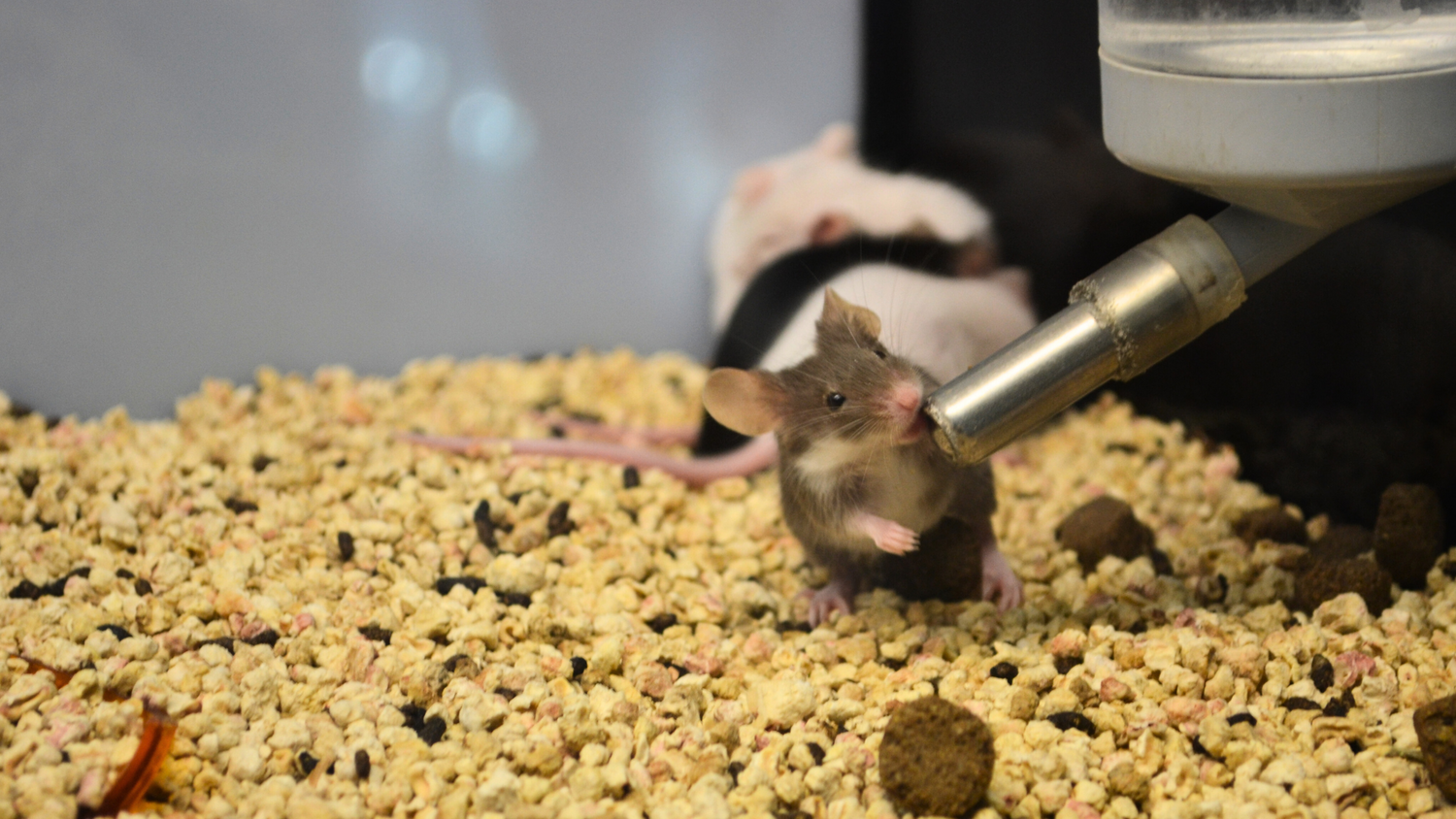Maintaining a reliable water supply is critical in vivariums and research animal facilities. Animals can survive several days with limited food, but may succumb within 1–2 days without water¹. A water contingency plan ensures that in emergencies (like water outages, contamination, or disasters) the animals’ welfare is protected. Kicking off our three-part series on the topic, this post will outline key components of effective water contingency plans as well as how to develop and implement them.
Key Components of a Water Contingency Plan
A comprehensive water contingency plan should address all aspects of sustaining animal hydration during emergencies. By covering these components, the plan creates a roadmap to maintain animal welfare through a water crisis. Core components include:
Risk Assessment
Identify potential emergencies that could disrupt water supply. This ranges from local disasters (e.g. hurricanes, earthquakes) to infrastructure failures (water main breaks, pump failures). For example, plans should ask “What if a water main break occurred and a boil-water order was issued?” and outline responses².
Response Procedures
Detail specific actions to ensure animals have water in each scenario. This includes provisions for backup water sources (food and bedding too), instructions for animal evacuation or shelter-in-place, and how to obtain emergency veterinary care. For instance, the plan might state that if primary water is unavailable, staff will deploy stored water or switch to pre-arranged alternatives immediately³.
Backup Water Supply and Equipment
Include information on where and how backup water is stored (e.g. bottled water, tanks, gel packs, or water pouches like AquaPak®) and how to distribute it to animals. Identify necessary equipment like portable water containers, extra water bottles, or drinking valves for water pouches. Ensure instructions for using alternative watering systems (such as hooking up water bottles to cages normally on automatic water) are clear.
Chain of Command
Define roles and responsibilities. Assign who (by name or position) will perform the critical tasks (e.g. who will distribute water, who will contact suppliers). Also list emergency contact information for key personnel and outside resources. This ensures no confusion about who leads the response and who has authority to make decisions³.
Communication Plan
Outline how staff will communicate during the emergency (phone tree, radios, etc.) and how updates will be shared. Ensure all animal care staff know how to report a water issue and trigger the contingency plan.
Animal Care Prioritization
Plan for how to prioritize animals if resources are limited. Critical or high-value research lines and animals in poor health may need special attention. In worst-case scenarios, the plan must consider humane endpoints: “Animals that cannot be relocated or protected from the consequences of the disaster must be humanely euthanized.” Some plans explicitly state that if adequate food or water cannot be provided, the Attending Veterinarian may have to euthanize animals to prevent suffering (a last resort after all backup options are exhausted)⁴.
Recovery and Resumption
Include steps for returning to normal operations once the emergency passes. This could involve flushing and sanitizing water lines, restocking emergency supplies, and reviewing how the response went.
Developing and Implementing the Plan
Begin by consulting relevant guidelines and regulations—in fact, disaster contingency plans are required by the Public Health Service (PHS) Policy and USDA Animal Welfare Act regulations⁵. Form a planning team (e.g. Attending Veterinarian, facility manager, IACUC members) to draft the plan. Use risk assessments to identify likely scenarios (loss of municipal water, contamination, power outage affecting pumps, etc.), then devise response strategies for each. The USDA’s Animal and Plant Health Inspection Service (APHIS) provides a contingency plan template and emphasizes including backup sources of water, feed, and bedding in the plan³. The plan should be written, approved by the institutional oversight committee (IACUC), and integrated with any broader campus emergency plans.
Training and Awareness
Simply having a written plan is not enough – staff must be trained on it. Regulations mandate training personnel on their roles and responsibilities in the contingency plan³. Schedule regular training drills or discussions so that animal care technicians, researchers, and security/facilities staff understand how to respond if water is interrupted. This includes training on using alternative water delivery methods (such as how to attach water bottles or use hydration gels) and recognizing signs of dehydration in animals. If using a ClearH2O product like AquaPak® water pouches, we’re happy to provide the training your team will need.
Implementation and Maintenance
Ensure that emergency water supplies and equipment are purchased and accessible. Label and locate emergency water stocks so staff can find them quickly. The plan should designate where backup water is stored and how to access it even if the facility is without power or in off-hours. At least annually, the plan should be reviewed and revised as needed³. For example, the IACUC or facility management should review the plan each year (or after any incident) and update contact lists, check the condition of stored water, and incorporate any new risks⁵. Updated plans should be redistributed to personnel, and retraining done if there are significant changes. This continual improvement cycle ensures the plan stays effective and compliant with any new guidelines.
Summary
By conducting thorough risk assessments, clearly defining roles, ensuring robust backup water supplies, maintaining clear lines of communication, and emphasizing regular training and continuous plan refinement, facilities can proactively mitigate risks associated with water disruptions. The investment in comprehensive planning protects the welfare of research animals and helps maintain the integrity of critical research studies.
In the next part of this series, we’ll explore the specific types of water facilities should store, practical storage solutions, and effective alternative water sources to ensure resilience in emergency situations.
Sources
- University of Mississippi – Emergency and Disaster Plan for Animal Facilities
- Oklahoma State Univ. – Disaster Plan for Regulated Animals
- USDA APHIS – Contingency Planning Rule Summary
- Drake University – Disaster Plan for Animal Facilities
- University of Wisconsin Stevens Point - Animal Care Emergency Preparedness and Contingency Plan



Leave a comment
All comments are moderated before being published.
This site is protected by hCaptcha and the hCaptcha Privacy Policy and Terms of Service apply.